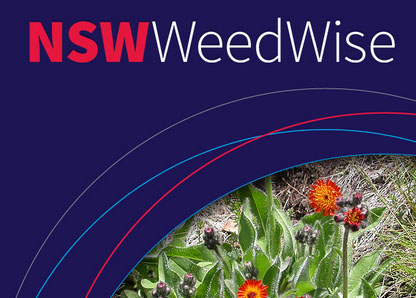Cultural control is usually associated with farming systems, although some elements are relevant to landscape and bushcare practices. It largely involves manipulating or changing farming practices to suppress weed growth and production, while promoting the development of the desired plant.
The principles and techniques used to prevent weed spread are relevant to cultural control methods to limit the spread of weeds between different land areas.
Cultural control methods
Encourage the competitiveness of desired species that are more competitive and fast growing.
This suppresses weed growth by reducing access to available sunlight, nutrients and moisture and can include:
- Choose plant and crop species or cultivars that are naturally more competitive. This can include using plant species that suppress other plant species by the release of toxins.
- Use certified weed free seeds
- Use high quality (large and plump) seeds, as they are more likely to produce vigorous and competitive plants.
- Use increased seeding rates and narrow row spacing.
- Use shallow seeding techniques, where possible, to allow the desired species to grow above the soil surface more quickly.
- Ensure the desired plant is placed in the optimum growing environment.
- Use fertilisers in the optimal growth period to encourage rapid growth of the desired species.
- If possible use plant species that are native to the local environment.
Make it hard for weeds to adapt or become resistant to weed management techniques.
Using the same land management routines year after year may result in weeds adapting or becoming resistant to these practices. Some practices that make it hard for weeds to adapt and therefore reduce their spread and vigour include:
- Rotate crops: if a weed has adapted to grain crops continuously being sown, then alternating with a broadleaf crop will remove the environmental condition to which the weed has adapted.
- Rotate species with different seasonal and growing cycles.
- Rotate herbicides with different modes of action to help delay the development of herbicide resistance

